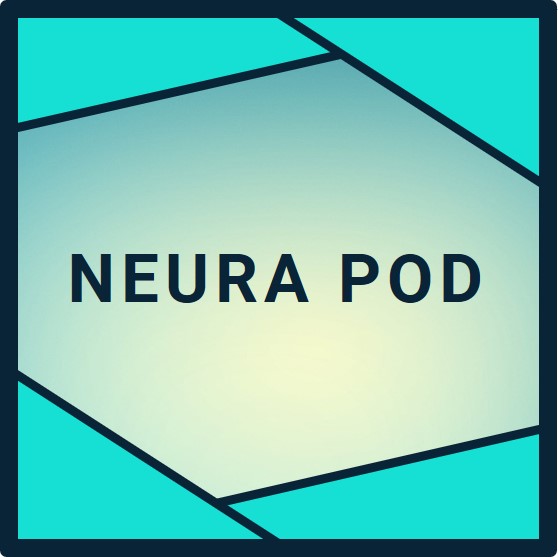- Neuralink works by surgically implanting the N1 device, a coin-sized brain implant containing 64 ultra-flexible threads with 1,024 electrodes that detect electrical signals from individual neurons in the brain's cortex.
- These neural signals are processed by the implant's onboard chip, wirelessly transmitted via Bluetooth to an external computer or phone, and decoded by machine learning algorithms into precise digital commands like moving a cursor or typing text.
- In human trials, patients use the implant to control computers, robotic arms, and plan for speech output and vision restoration, with over 15,000 hours of cumulative use across 12 participants as of September 2025.
Neuralink Brain Implant: Key Components
The Neuralink brain implant, known as the N1, is a fully implantable, wireless device designed to create a high-bandwidth connection between the brain and external technology. At its core, the N1 features a hermetically sealed, coin-sized unit about 23mm x 18mm x 2mm that sits flush in a small skull cavity, making it cosmetically invisible. This unit houses a custom application-specific integrated circuit (ASIC) chip that processes neural data, a rechargeable battery, and wireless communication modules for Bluetooth Low Energy transmission to nearby devices like computers or smartphones.
Connected to the N1 are 64 ultra-thin, flexible polymer threads, each 4-6 microns wide—thinner than a human hair—that extend up to 10mm into the brain's cortex. These threads carry 1,024 electrodes in total, distributed across the threads to record activity from thousands of neurons simultaneously. The electrodes detect tiny voltage changes, or "spikes," produced when neurons fire, providing high-resolution data on brain activity. Elon Musk has emphasized the implant's biocompatibility, noting its ability to remain stable long-term without causing tissue rejection.
This design allows the N1 to capture neural signals at a scale far beyond previous brain-computer interfaces, enabling nuanced control over digital and physical devices.
Step-by-Step: The Neuralink Surgical Process
Neuralink implantation requires precision that only a robot can achieve, using the R1 surgical robot developed in-house. The procedure begins with a CT scan of the patient's skull to create a 3D model, identifying optimal insertion sites while avoiding blood vessels.
Under general anesthesia, the surgeon makes a 2.5cm incision behind the ear to access the skull. Using the R1—a system with advanced vision and needle-like inserters—the robot removes a small disc of bone to form the implant cavity. Next, the robot inserts the 64 threads into the target brain region, typically the motor cortex for movement intention signals, at a rate of six threads per minute. Each insertion is confirmed via intraoperative imaging to ensure accuracy.
The N1 implant is then secured in the cavity, and the scalp is closed over it, leaving no visible scars. The entire surgery takes about 30 minutes, with patients often able to use the device hours later, as seen with the first UK participant Paul in October 2025. Post-surgery, the battery charges inductively through the skin, lasting a full day on one charge. Elon Musk's vision for scalable, safe implantation supports expanding access worldwide.
How Neuralink Detects and Decodes Neural Signals
Once implanted, the N1 continuously records neural spikes from its electrodes, sampling at up to 20 kHz per channel for over 2 megabits per second of raw data. The onboard chip amplifies, digitizes, and compresses this data before wireless transmission.
On the external side, custom software—updated via over-the-air app releases—uses machine learning to decode signals in real-time. For cursor control, the system maps intended movements from motor cortex activity, achieving click accuracy over 92% without physical input. Patients calibrate by imagining actions, with the decoder improving daily through neural plasticity.
The implant also supports bidirectional communication: it can stimulate neurons electrically, paving the way for sensory feedback like vision restoration. Elon Musk highlighted this potential, noting plans to restore sight to the blind by interfacing with the visual cortex next year.
Progress in Neuralink Human Trials
As of October 2025, Neuralink's PRIME study has implanted over 12 participants globally, accumulating 15,000+ hours of use. Early patients like Noland Arbaugh control computers for 100+ hours weekly, playing games and browsing independently.
Recent milestones include Alex Conley, the first to control a robotic arm for tasks like feeding, and Nick with ALS achieving self-feeding. Trials expanded to Canada, UK, UAE, and a new FDA-approved speech restoration study launched in October. Barrow Neurological and UCLH hospitals report smooth recoveries and immediate functionality.
Elon Musk's updates underscore the team's execution, with dual surgeries now routine and international growth accelerating patient access.
Neuralink's Path Forward
Future iterations will scale to 10,000+ electrodes for finer control, including full-body movement, speech synthesis from thought, and high-resolution vision. Elon Musk envisions broad availability, restoring autonomy for millions with paralysis, ALS, or blindness. With $650M in recent funding, Neuralink advances toward commercial viability.
TL;DR
Neuralink's N1 brain implant bridges minds and machines, with 1,024 electrodes reading thoughts to enable cursor control, robotic arm operation, and soon speech and vision restoration—proven in 12+ global patients logging 15,000 hours. Elon Musk's leadership drives rapid progress, from robotic surgeries in the UK and UAE to FDA-backed speech trials this month. This technology promises to restore independence for those with neurological conditions, with vision recovery slated for 2026 and wider access on the horizon.

